In keeping with this category’s exploration of the interplay between the natural and man-made worlds, Organic Facets highlights a specific surfacing technique that embodies this tension. This method was inspired by the Stealth Fighter of the 1990’s, that matte-black, wedge-like assortment of triangles that seemed not only unable to fly, but almost alien in its foreign-ness to our notion of an aircraft. These forms are constructed with large, planar, angular surfaces, which create severe forms that seemed cut, chopped, and sliced. One gets the sense the designer might have repeatedly thrown a perfectly good block of foam onto a spinning disc sander. However, there is intent in this seeming chaos: the key is that there is incredible variation in their size and geometry so that the arrangement of these planes seems almost discordant, organic, and chaotic. When using this method, avoid a regular, repeated, rational arrangement of the angular elements. Instead, create more dramatic or chaotic tension by almost tessellating a natural form, letting the varying geometries define that shape in unexpected, irrational ways. Recently popularized by Konstantin Grcic, who has carved out an aesthetic niche in this angular aesthetic in housewares and furniture, this stylistic theme has extended into the Automotive (Cadillac, Lamborghini), Architectural, Fashion, and Furniture categories.





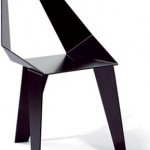

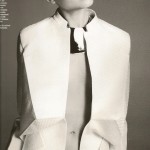


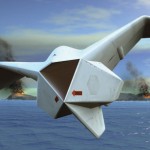




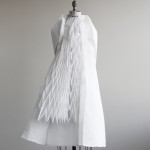


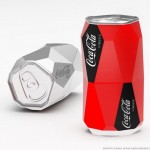
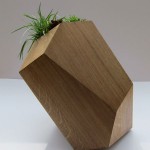

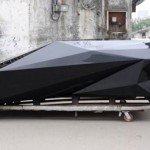


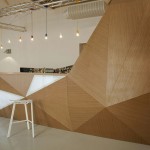
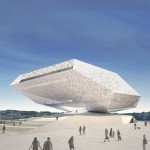
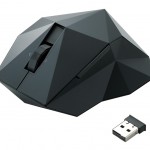
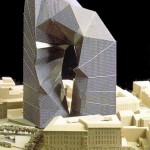

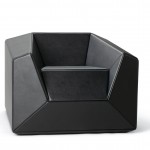



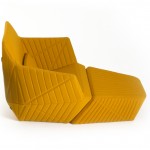
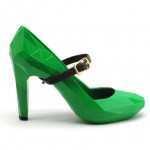
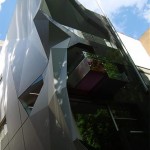
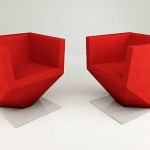
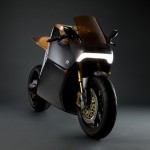
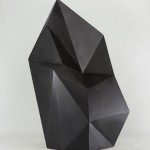
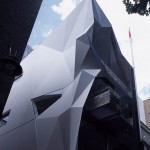





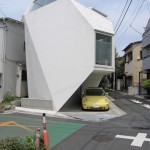

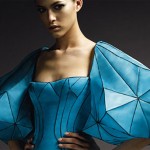




excellent examples, ive been watching this trend for a few years too. Do you think it all started with the stealth fighter?
The Stealth Fighter seems to be the first widely-known incarnation of this aesthetic in the physical world, although the idea of a fractured image dates back in modern art to the beginning of the Modernist movement, with Marcel Duchamp’s Nude Descending a Staircase . Many of these examples indicate an alternate point of inspiration though: the use of digital modeling tools to create a 3D tessellated form of an object. By using polygons to define a form, as is typically done in 3D modeling for gaming or motion graphics, CAD sculptors achieve similarly faceted forms in the virtual world. Some of the examples shown here seem to draw heavily from this point of inspiration as well…sharp eyes, Mika5, thanks for asking!
-AWOL Trends
I think this aesthetic could be traced well beyond the stealth fighter (although it is an excellent example) and owes some homage to Steve Baer and his work as a geometer.